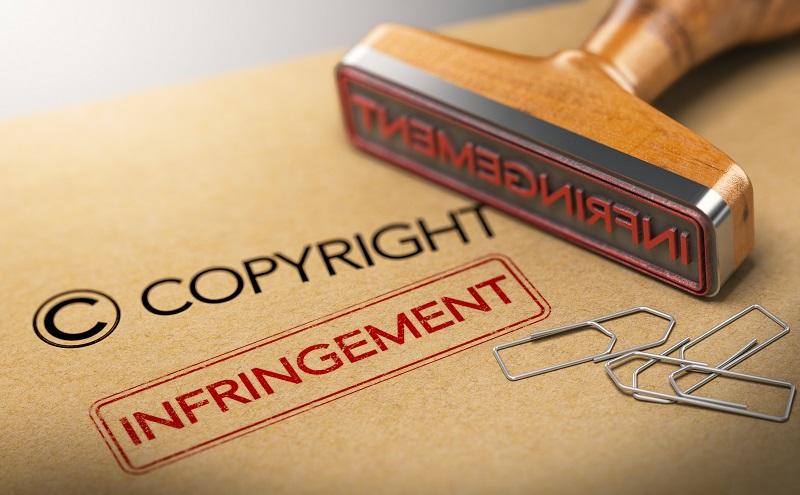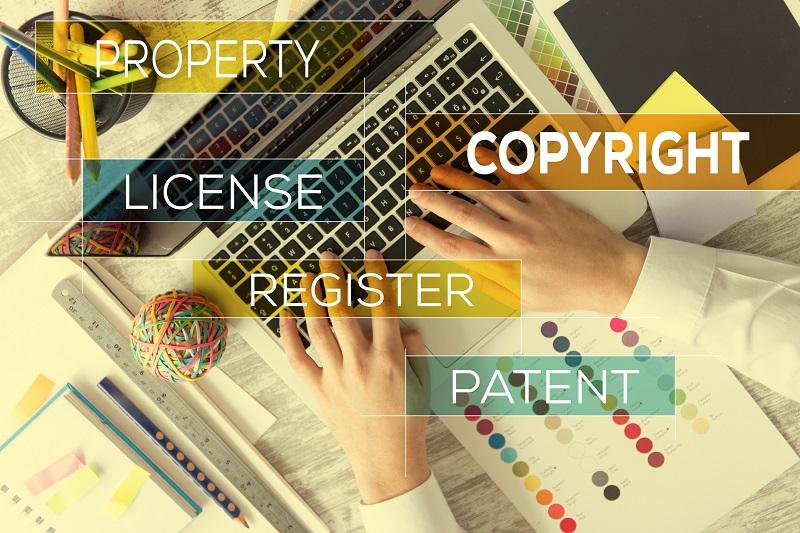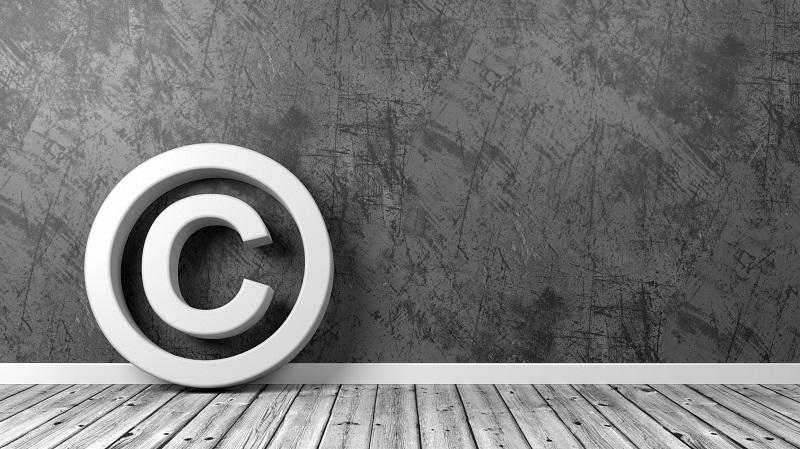3 powerful ways to enhance your image copyrighting
| July 22, 2021

The internet has changed the way we handle image copyrights, thanks to the fast-growing and changing landscape of digital picture usage. Can images be used without permission? Do you need to take steps further than copyright to protect them? Ultimately, you don’t want to be left wondering if your images are protected or not. This guide explains if images are copyrighted and how to copyright them.
Are images copyrighted?
In the US, all images including drawings, graphs, charts and photographs are copyright-protected. These protections are comprehensive and give the owners of the image the exclusive rights to produce an image on a larger scale of quantity or republish the image at their leisure and discretion.
How to copyright an image or logo
Copyrighting an image gives you the peace of mind that your creations are protected. Here are three helpful tips to ensure your images are not only copyrighted, but protected to the best of your abilities.
1. Copyright registration
A copyright is automatically applied whenever a photo is created. However, digital images are easy to download and reuse. Though the image copyright belongs to the original uploader, they need to prepare to prove it’s their image in the future. Furthermore, they should be ready for potential legal action. That’s why it’s important to register a copyright image. The idea isn’t necessarily to own the image, it’s rather to prove that you own it.

The key to making a copyright more concrete is to officially register it with a copyright office. This gives more power to the image owner in all cases of misuse and theft. It also eases the burden of proving the image belongs to you. Before uploading photos online, simplify ownership disputes by registering them. This is location-dependent, so do some research as to where or who you need to submit your images with.
2. Watermarks
Image watermarking is an effective way to reduce risk of unauthorized photo use. A watermark partially covers a photo until the image becomes licensed for use, at which time it gets removed. A watermark credits the license-holder with text embedded onto the photo. In order to efficiently protect your images with a watermark, make sure you use the right photo system. If you haven’t looked into a watermarking system, I’ve prepared a few popular ones below for your convenience.

The system you use to watermark depends on how many photos you’ll need marked and whether it’s for personal or enterprise use. A popular watermarking system for personal use is Adobe Photoshop, which is great if you only have a couple images to watermark. On the other hand, companies with large amounts of images to watermark need a system to automate the process on a large scale. Most digital rights management systems have automated watermarking capabilities, making them ideal to handle company watermarking needs.
3. Copyright logos
If someone misuses your licensed photos, it’s a lot harder for them to claim ignorance if the images have copyright logos on them. A copyright seal on an image makes it clear that the image is protected and must be handled within legal guidelines. Sometimes, a copyright logo acts as a deterrent. This also helps users avoid future disputes or legal hassle. Though a logo can be intrusive, it’s possible to reduce the size and lighten the shade with different design tools.

If you want the utmost representation of copyright on an image, place a more detailed copyright mark onto images. For example, placing the copyright logo, the name of the copyright holder and the date the copyright was registered onto images provides a more vivid warning for users. Aim to satisfy more than one detail on each of your images. This ensures there’s no mistaken copyright misuse as well.
Additional considerations
Image copyrighting is a concept surrounded by different myths and misconceptions. Hopefully some of this information helps sort these ideas out and strengthen your understanding of copyrights. The first and most misunderstood concept, as mentioned above, is the idea that images need to be officially submitted for some type of copyright in order to have copyright protection. This is false, as the only thing required for image copyright to apply is for you to have taken or created the photo. This gives you the right to display, sell or distribute this image.
Another common misconception involves copyrighting add-ons to existing images. People often confuse whether or not they can copyright their creations if these creations are based on or add onto an already copyrighted image. For example, if someone created a very popular add-on to the Mona Lisa, say a darker interpretation with added features, they could in fact copyright these new details.
Image copyrighting goes beyond basic ownership of a photo. Digital images are at risk of theft and unauthorized usage. Make sure your copyright methods give the best chance to protect and deter abuse. Chances are you have more rights to images than you thought.
